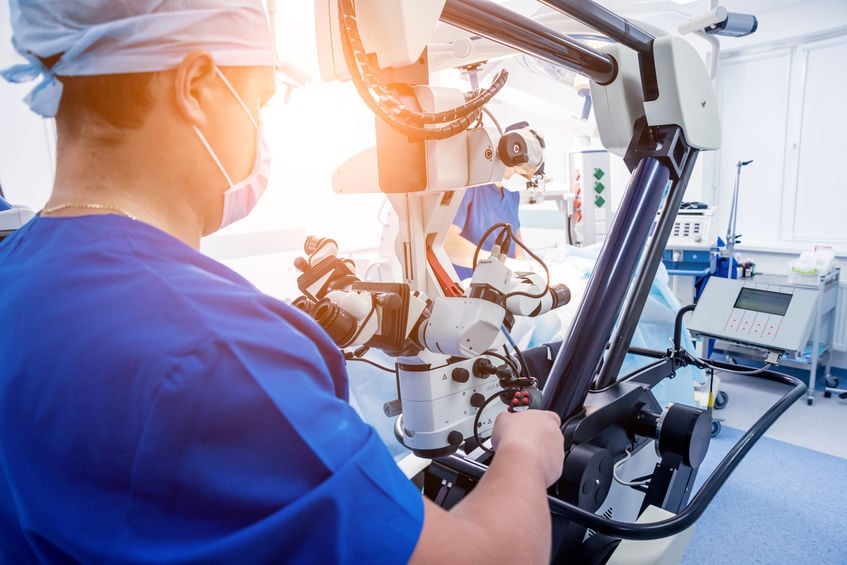Eliminate Back Pain For Good With Fusion
Spinal fusion is an effective surgical technique for individuals with severe lower back pain due to a herniated disc or damaged vertebra. The surgical procedure removes the damaged disc and inserts a cage with graft material. Metal pins and cages hold the bones together. Over time, the bones fuse and reduce pain caused by these conditions. While spinal fusion has a high success rate, in some cases, lower back pain can return. Patients can feel frustrated that the pain returns after surgery and recovery. Understanding how to prevent this complication will help patients get the most out of fusion.

The return of back pain
Despite initial or ongoing relief, there are times when pain can return after surgery. Multiple factors can lead to a return of back pain and can vary by individual. For some, the fusion may be incomplete, leading to a failure. There could also be complications with the surgery, such as hardware failure with screws, plates, or rods. Some people experience failed back surgery syndrome (FBSS), a term used to describe a condition where a patient continues to experience pain after surgery. Other reasons for back pain returning include inflammation, poor rehabilitation, muscular weakness, or emotional and psychological factors, such as anxiety, stress, or depression. Despite these possible risks, specific lifestyle changes can help patients avoid the return of symptoms after surgery.
1. Fuse exercise into your life
After spinal fusion, doctors and physical therapists recommend exercise to strengthen the muscles around the back. Committing to recommended exercises is essential to avoid a recurrence of back pain. Routine stretching and cardiovascular exercise can improve back pain and lengthen the muscles around the fusion. Strength training can also help to improve the muscles around the fusion. A doctor or physical therapist can help determine the most beneficial exercises based on the patient’s weight and fitness levels.
2. Posture and body mechanics matter
A spinal fusion should not limit movement. However, poor posture and body movements can lead to increased pain and discomfort. Establishing poor mechanics can also cause incomplete fusion, inflammation, damaged fusion, or other herniated discs. Start by maintaining good standing and sitting posture, with regular movement to help with joint elasticity. Avoid prolonged sitting and standing to limit back pain. Other options like proper footwear, good sleeping posture, and an ergonomic workspace can help reduce back pain.
3. Nutrition and bone health
Maintaining nutrition and bone health is essential to reducing lower back pain after fusion. The spine requires nutritional support to reduce inflammation and maintain muscle mass. Starting a balanced diet, for instance, is essential for bone formation, repair, and maintenance. A diet with enough calcium, vitamin D, potassium, and magnesium can support bone health. Maintain healthy protein, collagen, and zinc levels after surgery. Ask a dietician or doctor for the best options based on dietary needs and general health.
Get the most out of fusion
Spinal fusions are an excellent option for people struggling with chronic back pain. However, there is a chance that recurrent back pain may occur after surgery. Adopting the right exercise, stretching, ergonomic positions, and diet can help reduce pain and improve the quality of life. The goal is to minimize inflammation and stress on the spine while strengthening the surrounding muscles. Minor changes and habits are vital to getting the most out of spinal surgery.
More Articles from MVSC
February 29, 2024
Rotator cuff tears can severely limit shoulder mobility. Surgery can relieve pain and improve mobility, allowing patients better reach.
January 15, 2024
Spinal conditions in the lower back may require a procedure called laminectomy. With MIS, patients have higher success rates.
December 21, 2023
Clavicle fractures are often treated non-surgically. The location and degree of damage can indicate whether collarbone surgery is needed.
December 7, 2023
Technology has played a major role in MIS procedures. Robotic lumbar spine surgery is faster, more accurate, and highly successful.







